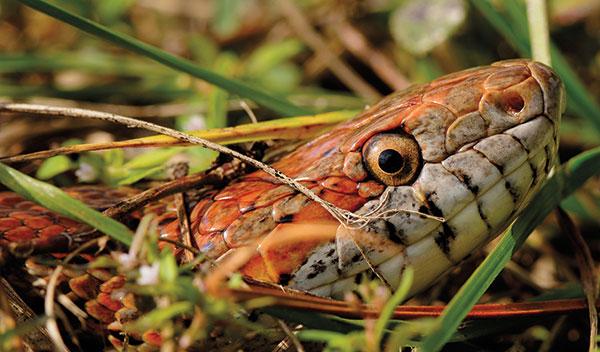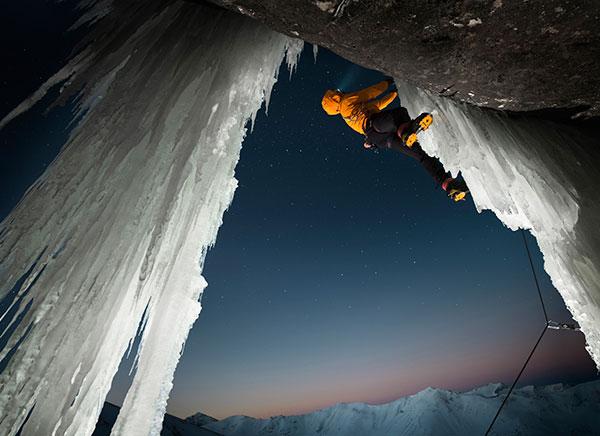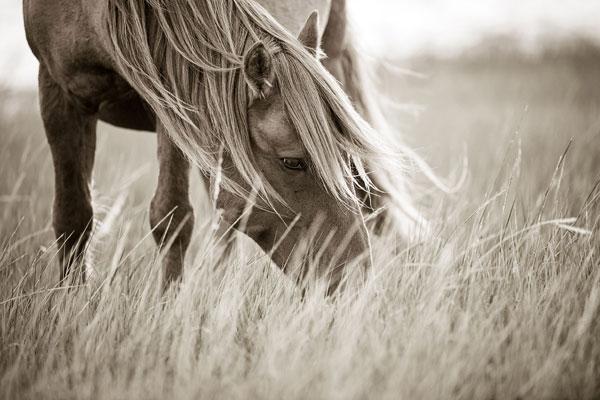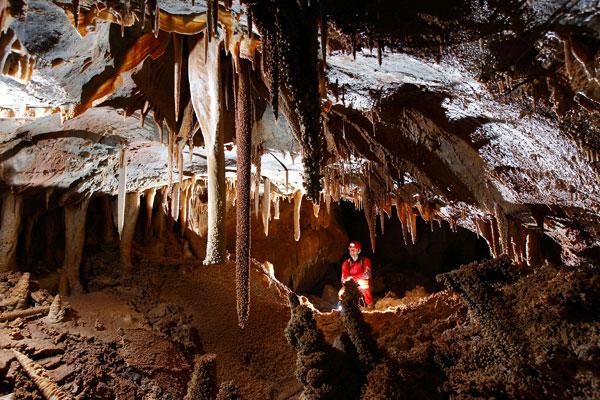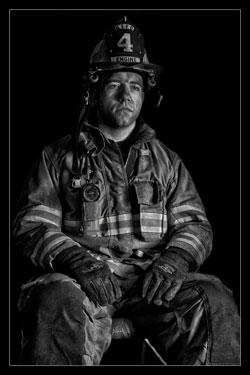Photographer Profiles
Sort By: Post Date TitlePublish Date
|
Jul 25, 2014 |
First Published: Jun 01, 2014
|
Jul 08, 2014 |
First Published: Jun 01, 2014
|
Jun 20, 2014 |
First Published: May 01, 2014
|
Jun 12, 2014 |
First Published: Apr 01, 2014
|
Jun 05, 2014 |
First Published: Apr 01, 2014
|
May 30, 2014 |
First Published: Apr 01, 2014
|
May 06, 2014 |
First Published: Mar 01, 2014
|
May 02, 2014 |
First Published: Mar 01, 2014
|
Apr 11, 2014 |
First Published: Feb 01, 2014
|
Apr 07, 2014 |
First Published: Feb 01, 2014
|
Apr 04, 2014 |
First Published: Feb 01, 2014
|
Mar 25, 2014 |
First Published: Feb 01, 2014
|
Mar 17, 2014 |
First Published: Feb 01, 2014
|
Mar 14, 2014 |
First Published: Jan 01, 2014

